A survival situation, though daunting, can be incredibly enlightening, especially when it comes to unconventional food sources. Human adaptability, coupled with the planet’s biodiversity, opens a realm of possibilities for sustenance. This post seeks to dive into the weird, wonderful, and sometimes squirm-inducing culinary options available to you when traditional food sources are scarce. From insect protein powerhouses to the sea’s salads and wild plants, you’ll be surprised at what can fill your belly and keep you going when the going gets tough.
Contents
- 1 The Need For Nourishment In Survival Situations
- 2 Insects: The Miniature Protein Powerhouses
- 3 Wild Plants: Know Your Greens
- 4 Edible Seaweeds: The Sea’s Salad
- 5 Fungi: Foraging For Wild Mushrooms
- 6 Roadkill: Fresh, Free, And Foraged
- 7 Unusual Bird Eggs: Nature’s Fast Food
- 8 Weird Aquatic Creatures: Strange Seafood
- 9 Reptiles And Amphibians: Slimy Yet Satisfying
- 10 Survival Ethics: Respect For Nature
- 11 Be Aware Of What You Can Eat In A Survival Situation!
The Need For Nourishment In Survival Situations

When faced with survival scenarios, the need for nourishment skyrockets as energy expenditure increases. Each activity, be it foraging, fire making, or building a shelter, demands a lot from your body. It becomes imperative to consume a balanced diet rich in proteins, fats, and carbohydrates to maintain your strength and resilience.
Common and accessible food sources vary vastly depending on the environment. Dense forests offer wild fruits, insects, and game, while coastal regions provide seafood and seaweeds. Deserts might seem barren, but even there, certain insects and hardy plants can offer nutrition. Learning about these resources and how to utilize them efficiently is a crucial aspect of survival preparedness.
Insects: The Miniature Protein Powerhouses
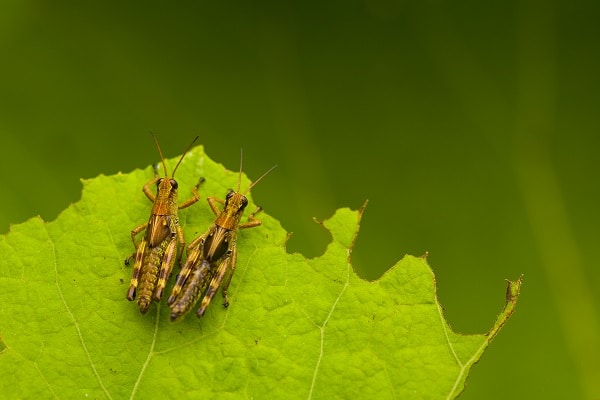
Insects are abundant in many environments and can serve as a significant protein source. Despite the initial ‘ick’ factor, insects such as crickets, beetles, and mealworms are eaten globally, especially in parts of Africa and Asia. Packed with protein, they are nutritious and sustainable food sources, often more so than traditional meats.
While eating insects can be a survival strategy, consuming them safely is important. Cooking is crucial as it kills potential parasites. Identifying edible insects is also essential – not all insects are safe to eat. For example, brightly colored insects or those with strong smells are often toxic. Proper preparation methods like roasting or boiling can make these miniature protein powerhouses a survival staple.
Wild Plants: Know Your Greens
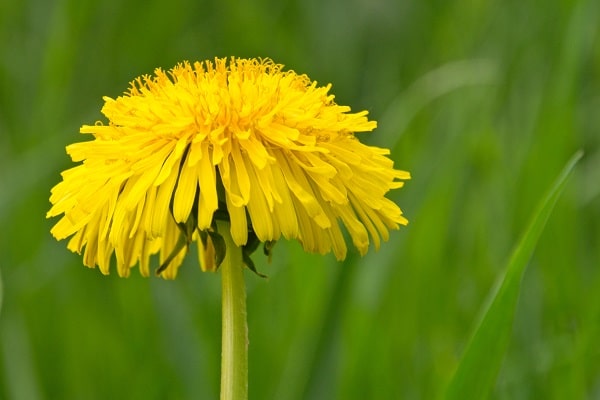
Wild plants can be a lifeline in survival situations. They can provide vital vitamins, minerals, and energy. Dandelions, for instance, are found almost everywhere, and every part of this plant is edible. Other common edible wild plants include nettles, cattails, and chickweed.
However, for every edible plant, there’s a poisonous look-alike waiting to cause havoc. Proper identification is paramount to avoid harmful species. Misidentifying wild plants can lead to serious illness or even death. Therefore, it’s crucial to familiarize oneself with local flora, learn from experienced foragers, or use reliable guides before consuming wild plants.
Edible Seaweeds: The Sea’s Salad
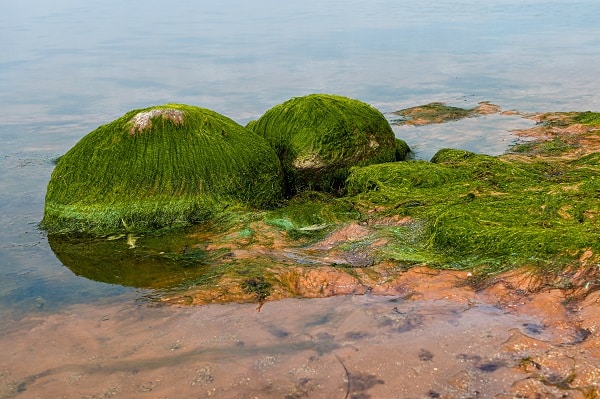
Seaweeds, or marine algae, are a treasure trove of nutrition. High in vitamins and minerals, especially iodine, they serve as crucial survival foods in coastal areas. Varieties like kelp, nori, and dulse can be found along many coastlines. Apart from being nutritious, they are also abundant and renewable, making them a sustainable food source.
Harvesting seaweeds requires some knowledge about their growing cycles and the ideal time to gather them. Preparation can be as simple as rinsing thoroughly in fresh water to remove sand and salt, then eating raw, drying for later use, or boiling to make a warm seaweed soup. However, bear in mind to only consume seaweeds if the water is unpolluted, as they can absorb toxins from their environment.
Fungi: Foraging For Wild Mushrooms
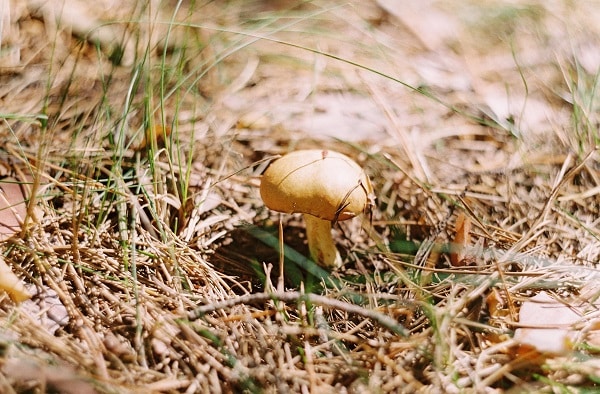
Mushrooms are an excellent survival food due to their availability in many environments and their nutritional value, including proteins, vitamins, and fiber. Edible varieties like morels, chanterelles, and puffballs can be found in forests worldwide. Their unique flavors can make them an appealing addition to the survival menu.
However, mushroom foraging has its dangers. Many mushrooms are poisonous and can look remarkably similar to edible ones. Consuming the wrong type can lead to serious illness or even death. Therefore, it is crucial to learn from an expert or use a reliable guide when starting to forage for mushrooms. Always remember the forager’s rule: “When in doubt, leave it out.”
Roadkill: Fresh, Free, And Foraged

Roadkill might not be the first thing that comes to mind as a food source, but in survival situations, it could be a matter of life and death. Animals like deer, rabbits, or squirrels that have been recently killed by vehicles can provide a significant amount of meat. This source of food is especially useful in rural or wilderness areas adjacent to roads.
While roadkill can provide sustenance, it is essential to approach it with caution. Only consider animals that appear fresh and show no signs of disease. Additionally, it is crucial to cook the meat thoroughly to kill potential pathogens. The idea of eating roadkill might be unpalatable to some, but in extreme survival scenarios, it is an option worth considering.
Unusual Bird Eggs: Nature’s Fast Food
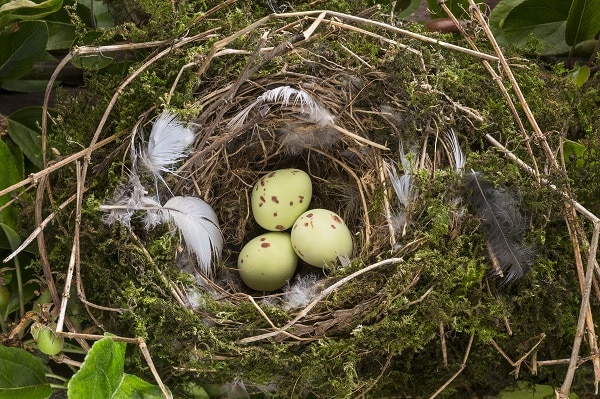
Bird eggs are a protein-rich food source available in many environments. While chicken eggs are the most commonly consumed, eggs from other bird species like ducks, geese, and even some wild birds can be a precious nutritional source in survival situations. Just be aware that collecting eggs must be done ethically and responsibly.
It’s crucial to leave some eggs behind to ensure the survival of the bird species. Additionally, it’s essential to cook the eggs thoroughly to eliminate potential pathogens. Being able to identify nests and knowing the right time to collect eggs could be a valuable skill when stranded in the wild.
Weird Aquatic Creatures: Strange Seafood
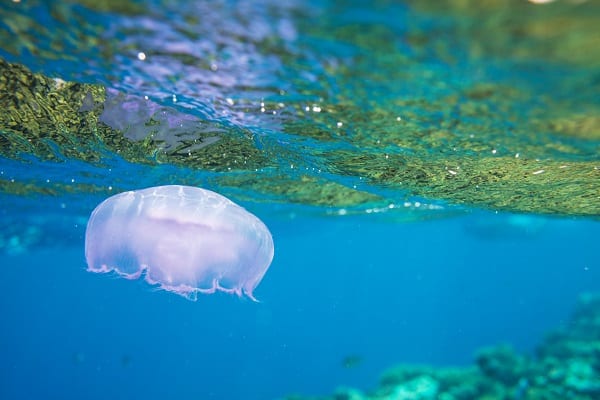
The ocean is teeming with edible creatures that go beyond the typical fare of fish and crustaceans. Jellyfish, sea urchins, sea cucumbers, and certain types of mollusks can be nutritious and accessible food sources in coastal survival situations. While some of these creatures may seem unusual or intimidating, they can provide essential proteins and fats.
Catching and preparing these creatures may require specific knowledge and skills. For instance, jellyfish must be prepared carefully to remove their stinging cells, and sea urchins should be eaten raw or cooked shortly after being opened. The key is always to know the creature, its possible dangers, and how to properly prepare it for safe consumption.
Reptiles And Amphibians: Slimy Yet Satisfying
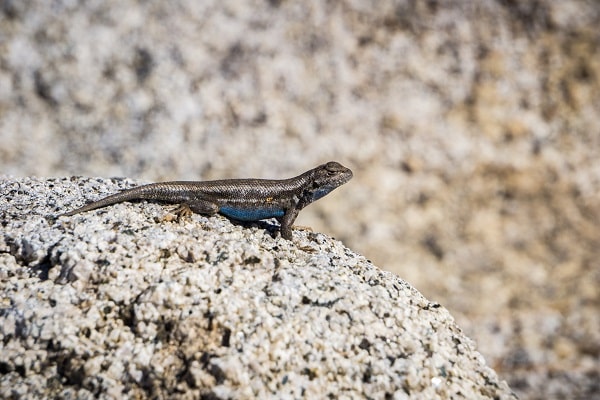
Reptiles and amphibians can offer a surprising amount of nutrition in extreme circumstances. Frogs, lizards, and even snakes can be safely eaten when properly prepared. However, there are risks associated with capturing and consuming these creatures, as some species can be venomous or carry diseases.
If you decide to resort to reptiles and amphibians, be sure you can accurately identify safe species and know how to handle and prepare them. Frogs, for example, should always be cooked thoroughly to kill potential parasites. As always, the key to safe consumption lies in the right knowledge and careful preparation.
Survival Ethics: Respect For Nature
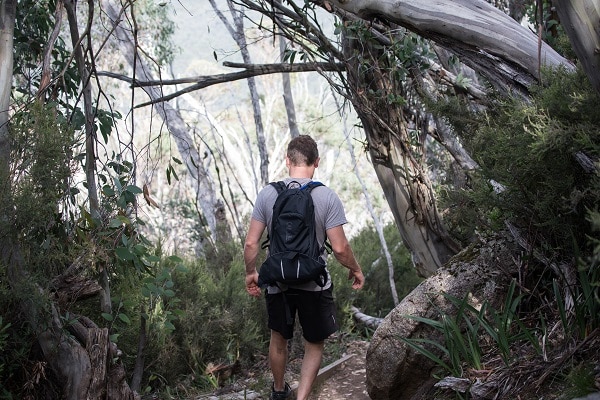
Even in survival situations, respect for nature should remain a paramount consideration. While the need for sustenance may drive you to exploit natural resources, it should never lead to the complete exhaustion or harmful impact on an ecosystem. This includes not taking more than you need and avoiding causing harm to endangered species or their habitats.
The balance between survival and respecting nature can be a delicate one. While it’s vital to ensure your own survival, remember that you are a part of a larger ecosystem. What you consume and how much you take can have significant repercussions. Striving for sustainable and ethical practices, even in survival situations, shows respect for the natural world.
Be Aware Of What You Can Eat In A Survival Situation!
From the miniature protein powerhouses of insects to the unexpected nutritional offerings of roadkill, finding something to eat in a survival situation may necessitate strange dietary choices. However, you must be aware of what is safe to eat and how to properly identify and prepare it. Knowing the risks associated with food sources like the ones listed above can help ensure your safety when you must rely on nature for sustenance.


